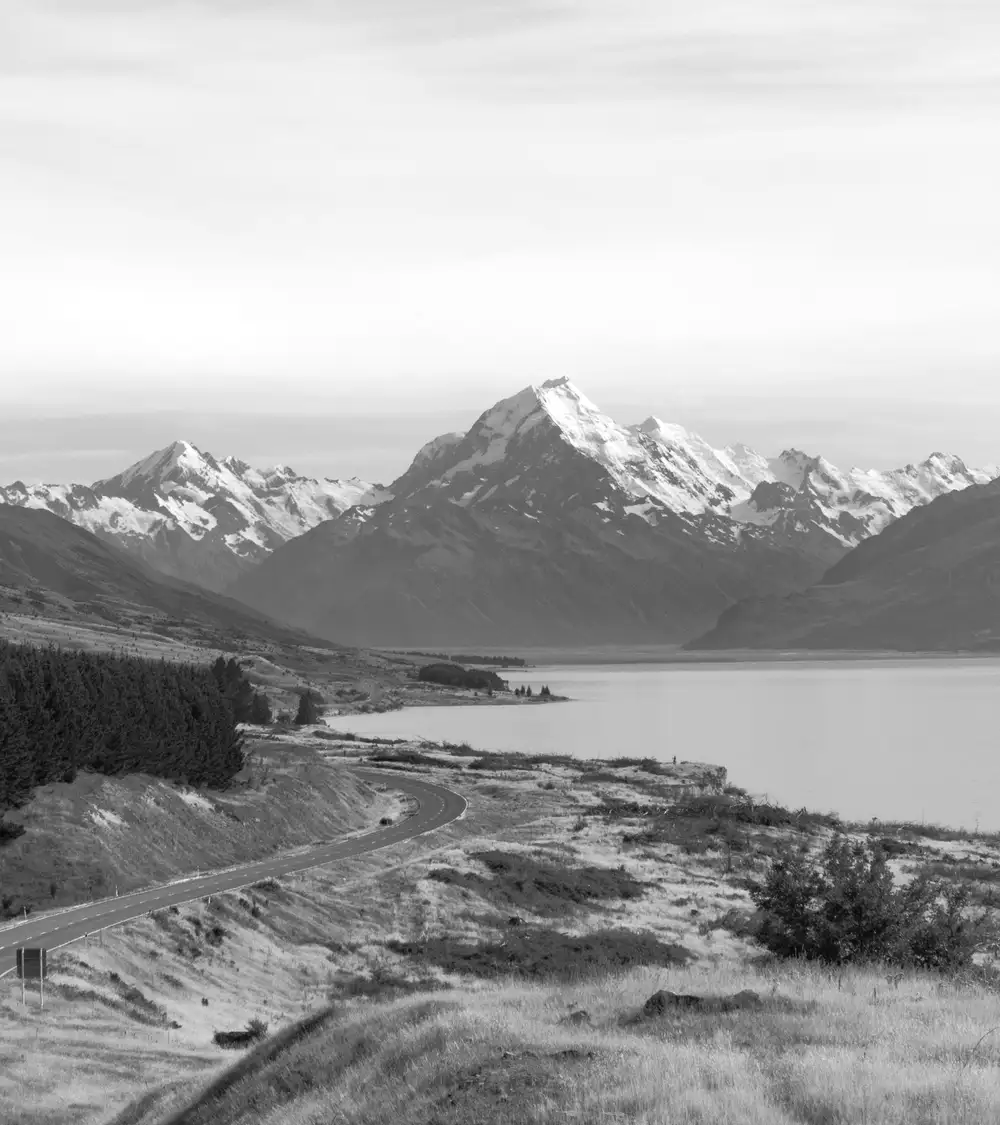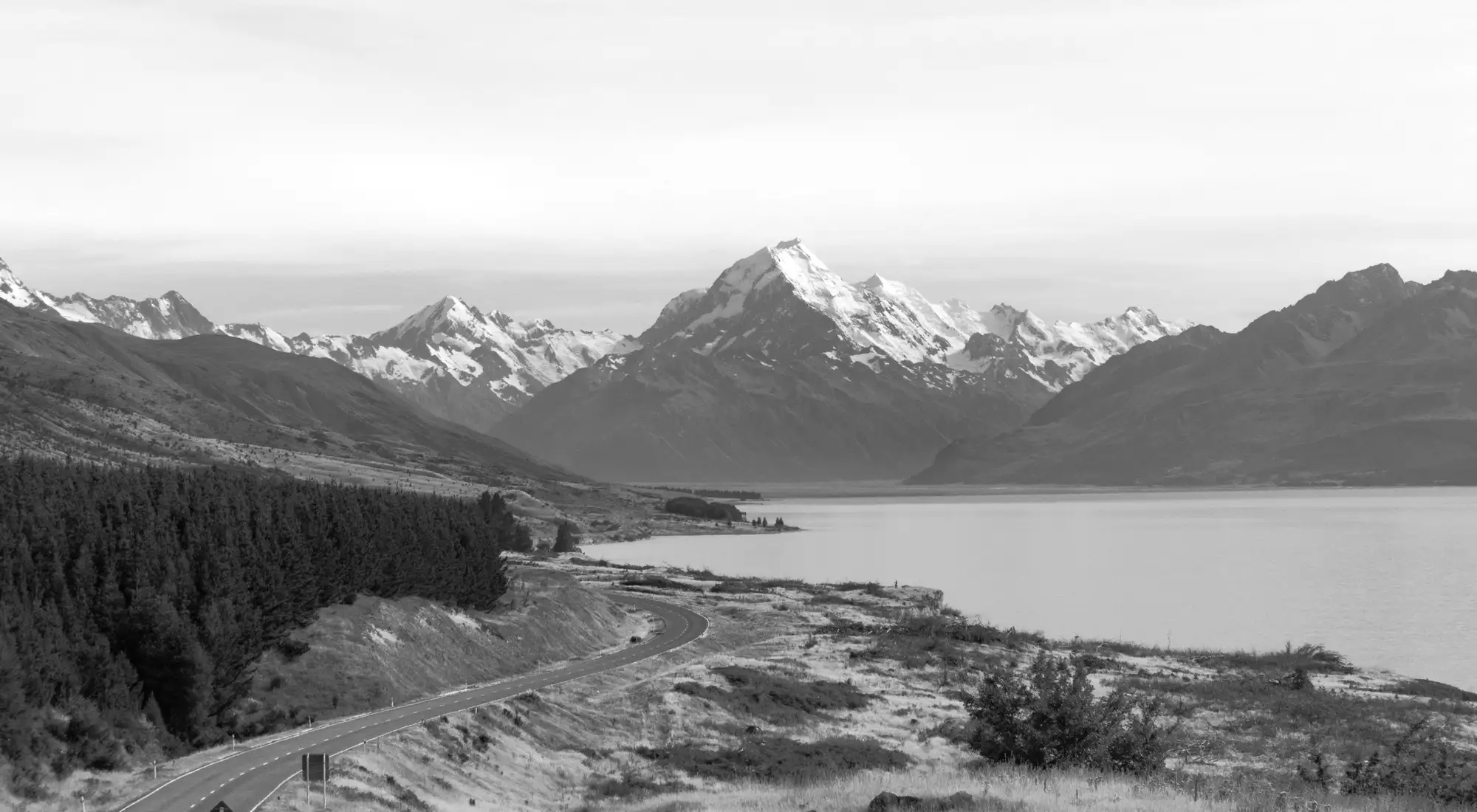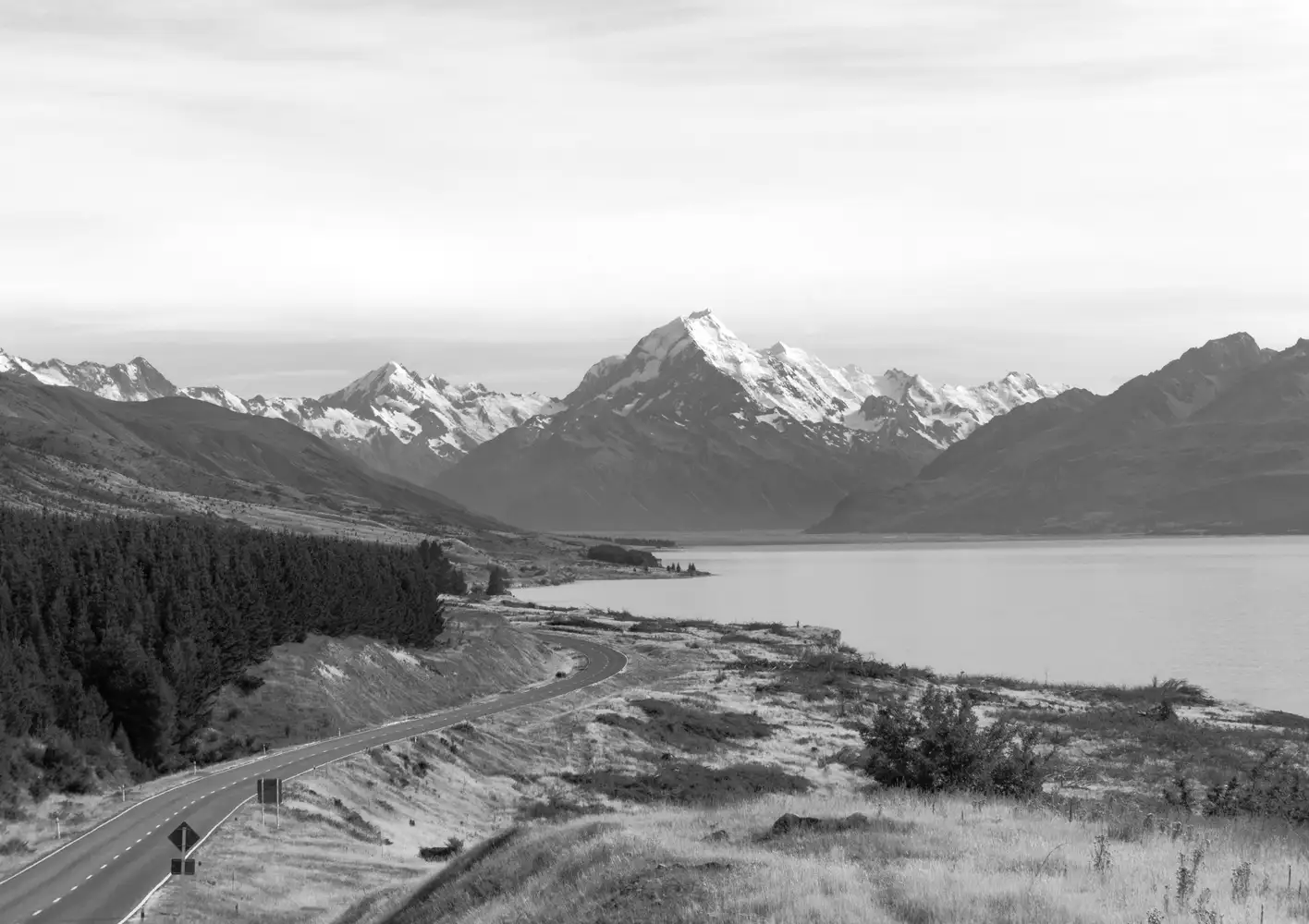Environment



Looking after Aotearoa New Zealand’s environment is something we all can – and should – get behind.
It’s also an area in which collective, community-wide efforts can make a huge difference.
Councils have an important role in this. They know their communities better than anyone, so are well-placed to help support and facilitate environmental efforts. A great example of this comes from Toi Moana Bay of Plenty Regional Council. They’ve partnered with iwi collective Te Wahapū o Waihī on a transformational joint venture to restore Waihī Estuary – working towards their shared aspiration to return mauri to the estuary.
It’s a big but important challenge, especially given the fact that the Waihī Estuary has been identified as one of the most degraded in the country due to decades of wetland drainage, river channelisation, land use change and contaminated runoff throughout the 35,000-hectare area. To return the estuary to an even moderate state of ecological health, both council and iwi knew that something had to change.
This led to the shared decision to return 30 hectares of low-lying farmland to coastal wetland, improving the ecological health of the area. Wetlands have a number of benefits – including helping to treat drainage water from adjacent dairy farms, improving indigenous wetland habitat and biodiversity, and storing carbon.
“We value the deep cultural connection tangata whenua have to the land, and recognise the strength that their knowledge holds in environmental conservation and restoration,” says Pim De Monchy, Bay of Plenty Regional Council Coastal Catchments Manager, of this partnership between council and Te Wahapū o Waihī.
Te Wahapū o Waihī is a collective of five iwi from across the Waihī Estuary catchment area, and this joint venture with council is a strong example of councils sharing decisions and leadership with their community – one that is set to inform future decisions for the council and iwi collective. As Te Taru White, Bay of Plenty Regional Councillor and Independent Chair of Te Wahapū o Waihī, notes: “This strong relationship further supports the work that will need to be done beyond this wetland project.”
This strategically placed environmental upgrade project could also not have happened without the dedication of the two farmers involved, with both farmers agreeing to buy and sell on the same day with this 30-hectare land block purchased by Toi Moana and Te Wahapū o Waihī.
Environment Canterbury (Canterbury’s regional council), and Selwyn District Council, are also doing great mahi in the localism space. They’re two of the primary funding partners for Te Ara Kākāriki, a charitable trust who are building a corridor of native plantings (or ‘Greendots’) in the region.
The organisation works with councils, landowners and community groups to plant these native Greendots on public and private land, establishing a corridor of plantings and building community awareness of biodiversity.
These examples all demonstrate why localism is so important when it comes to our environment. When councils help support and facilitate this collective, community-led mahi, not only does our environment improve – but so does our communities’ awareness and investment in it.